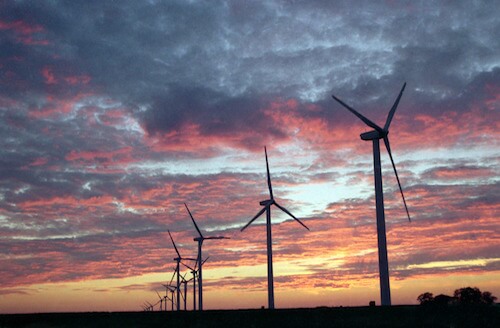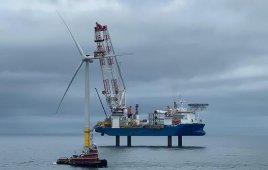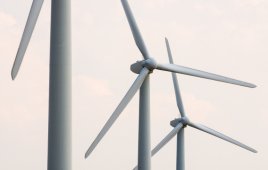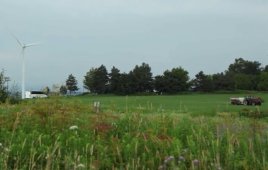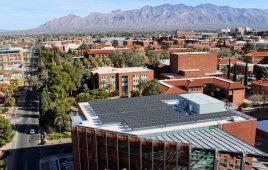This article comes from R Street, a non-profit public policy research organization that supports free markets, limited, effective government and responsible environmental stewardship.
As more consumers adopt photovoltaic solar and other forms of distributed energy resources (DERs), policymakers will need to scrap outdated rules for electricity rates, such as “net metering,” in favor of an open retail market platform with open interconnection standards and transparent two-part grid services charges, according to a new study released by the R Street Institute.
Devised before residential solar panels were viable on a broad scale, net metering has not been able to keep up and appropriately capture the costs and benefits of consumer-owned DER as technology has developed to allow virtually anyone to supply power to the grid.
“Regulatory policy has been cost-based in electricity for more than a century,” writes R Street Institute Associate Fellow Lynne Kiesling. “In a period of rich technological change and new value creation, too much focus on cost recovery and not enough on reducing barriers to value creation is unlikely to make consumers better off and unlikely to serve the public interest.”
Instead, Kiesling proposes the old monopoly utilities migrate toward a platform-business model, in which a distribution company would provide grid services and operate a retail market open to any number of users. As end-users begin to adopt more diverse technologies, the distribution company would create additional value by facilitating the interconnection of those agents and their technologies to the network.
A distribution platform would layer market platforms on top of the physical-distribution network, Kiesling writes. By offering interconnection, grid service and market services that customers value, the distribution utility would earn service fees.
“This value proposition is precisely the same as that seen in other platform companies,” writes Kiesling. “Ridesharing platforms like Uber and Lyft give vehicle owners an opportunity to monetize their cars while giving others an opportunity to get rides.”
Kiesling cites as a model Texas’ regulatory framework, in which independent energy retailers provide contracts for customer-generators to sell excess generation. The result is a deregulated form of net metering.
“This regulatory framework and business model would enable the emergence of clearer price signals that would induce resilient and sustainable investments in DERs and networks that increase their value,” writes Kiesling.
R Street
rstreet.org
Filed Under: Policy

